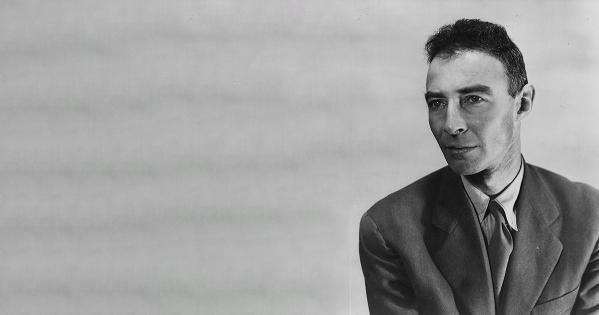What Does 'Oppenheimer' Get Wrong?

The movie Oppenheimer opened to great fanfare last week, a surprising amount of attention for a three-hour historical drama in an age of superhero flicks, multiverse crossovers, and Barbie. Despite—or perhaps because of—the hype, scholars could be forgiven for worrying that the film might sacrifice accuracy for dramatic license.
We asked SIS professor Sharon Weiner, an expert in the politics of US nuclear weapon modernization programs and the theory, practice, and social construction of deterrence, for her take on Oppenheimer. She returned with a few important points of clarification and one scary confirmation.
The Downwinders are missing. The film depicts the first test of a nuclear weapon on July 16, 1945, in the Jornada Del Muerto Desert, near Alamogordo, New Mexico. What it leaves out is that the US government did not inform the people living downwind of the test site. They were exposed to increased levels of radiation from fallout and experienced increased incidences of radiation exposure-linked diseases, such as leukemia and other cancers. To this day, they are not covered by the Radiation Exposure and Compensation Act, which provides compensation to people affected by other US nuclear tests.
The purpose of the Trinity test was not to see if nuclear weapons worked. The Los Alamos scientists concluded early on that nuclear weapons would work. Their first design—a gun-type weapon that forces one piece of U-235 into another—was assumed to work and was used on Hiroshima without a full test. Trinity tested an implosion weapon—one that compresses a plutonium core. This was the type of bomb used on Nagasaki.
Oppenheimer’s lovers were not stupid. The film depicts Oppenheimer’s wife, Kitty, as primarily a boozer. His sometimes-lover, Jean Tatlock, comes across as a besotted flirt. Missing is the fact that Jean was an accomplished psychiatrist and doctor. Kitty was a botanist who, for a time, also worked at Los Alamos as a lab technician.
Where is Joseph Rotblat? The movie focuses on the tension created by Oppenheimer’s concern that he has “become death, the destroyer of worlds” and the possibility that the bomb was necessary to end World War II. A number of Manhattan project scientists, including Oppie, had moral qualms about developing a weapon of such destructive power, but they set these aside and joined the bomb project out of fear that Hitler would make an atomic weapon. When it became clear that Germany could not, only one person resigned from the Manhattan Project: Joe Rotblat. Rotblat went on to receive the Nobel Peace Prize in 1995 for his work on nuclear disarmament.
Yes, they really thought they might blow up the world. The movie explains that the Manhattan Project scientists thought there was a possibility that the chain reaction in the Trinity test would ignite the earth’s atmosphere and set the world on fire. As explained in the movie, they thought the chances were low, but not zero.
